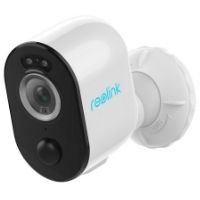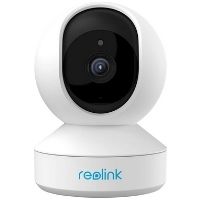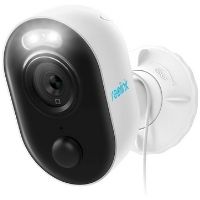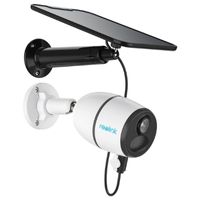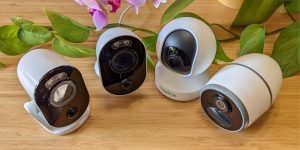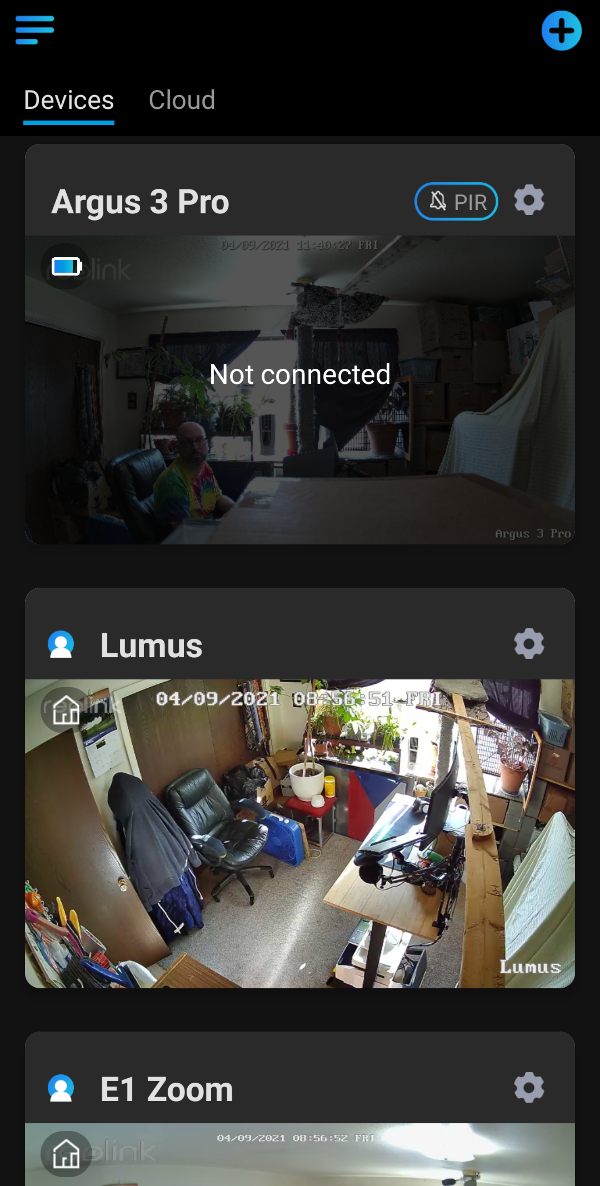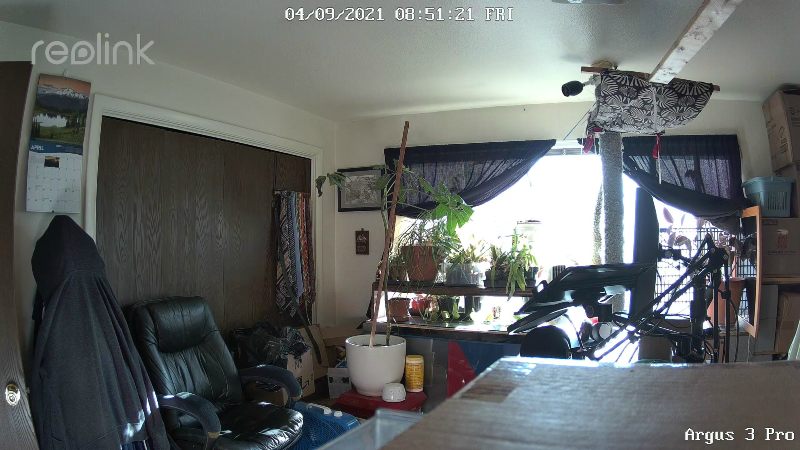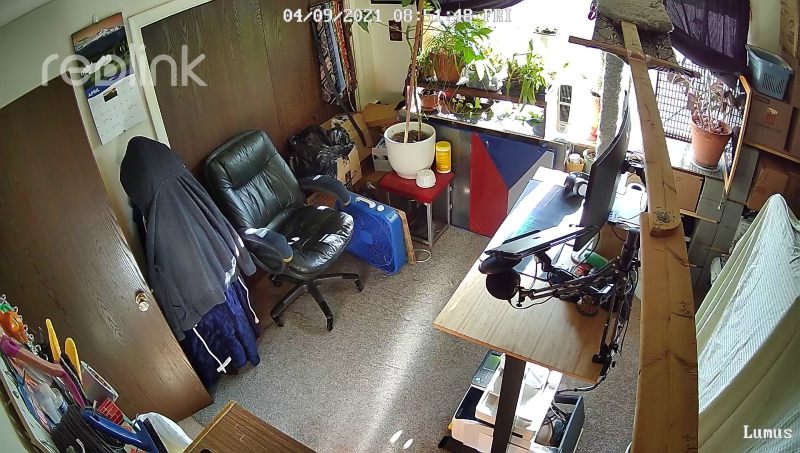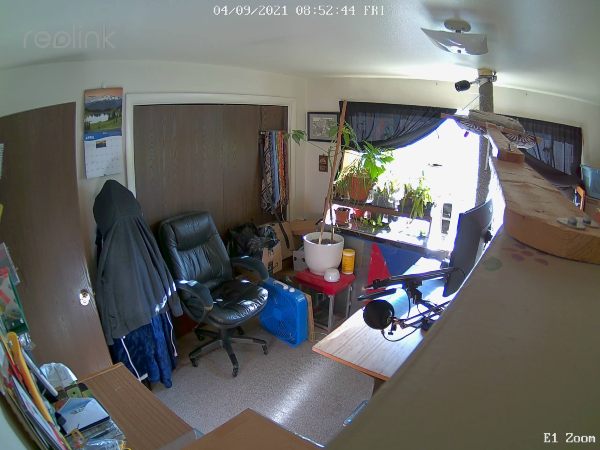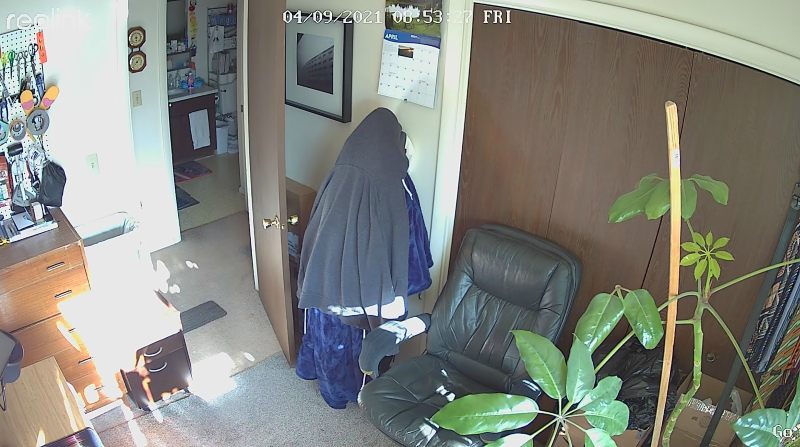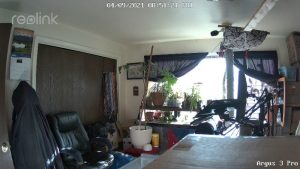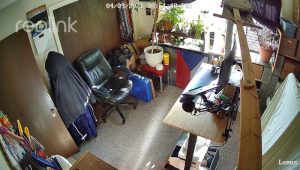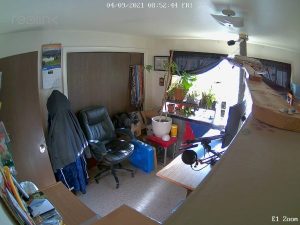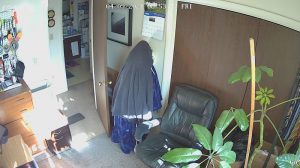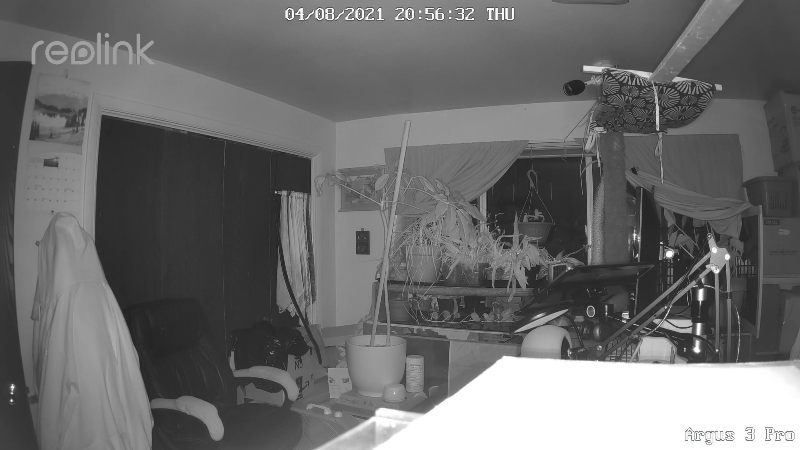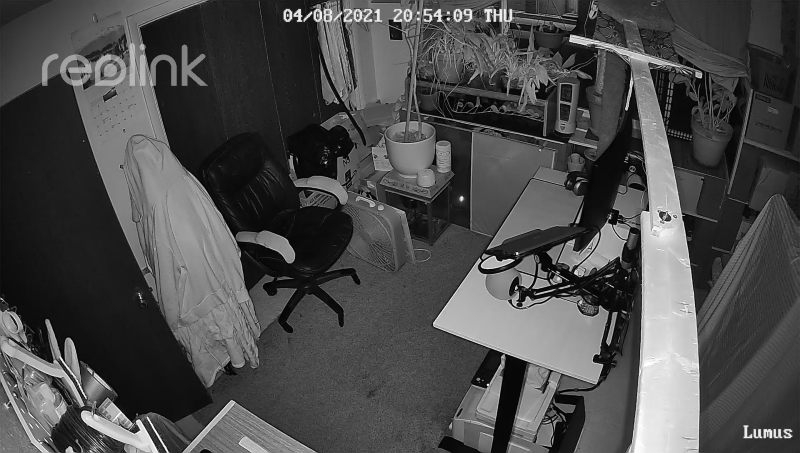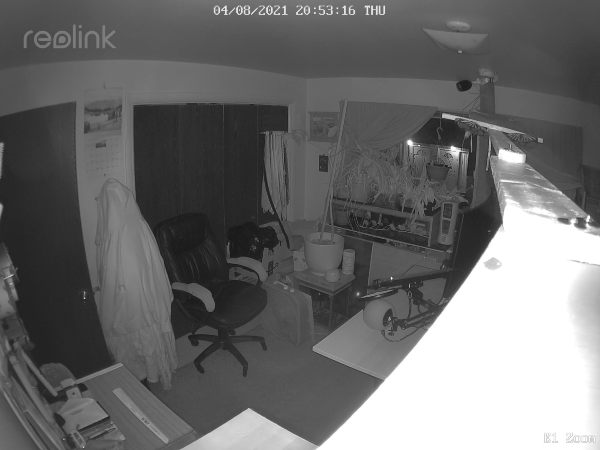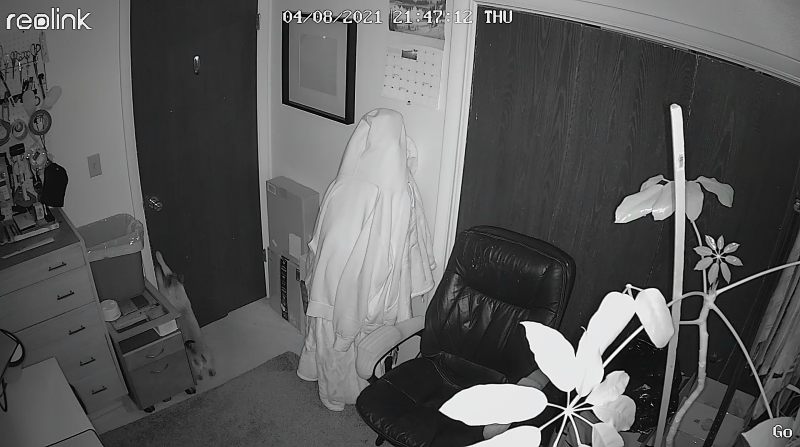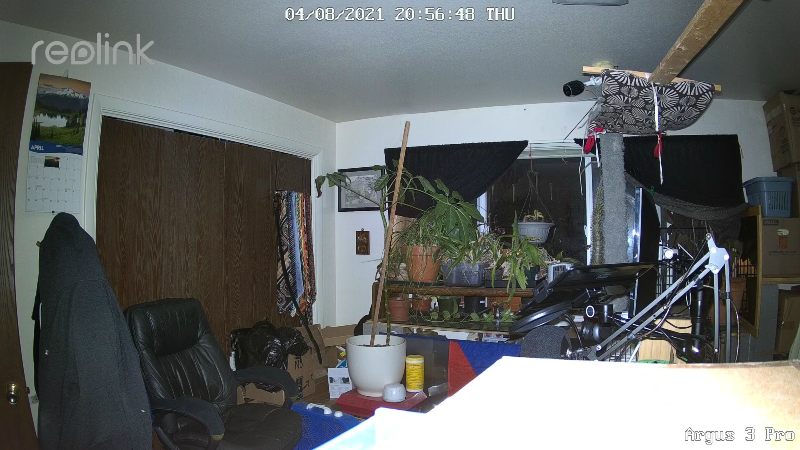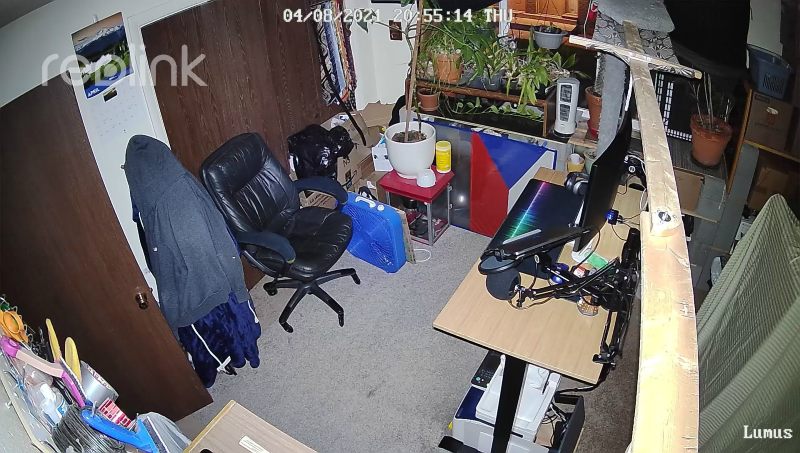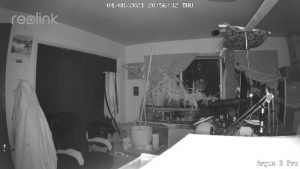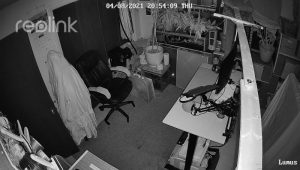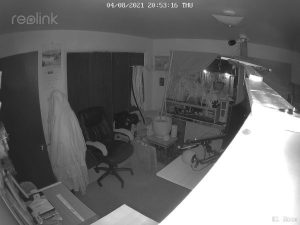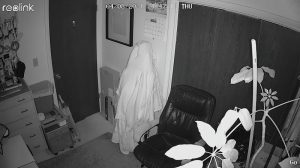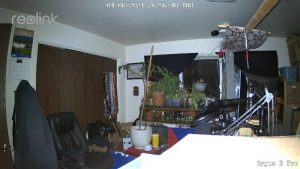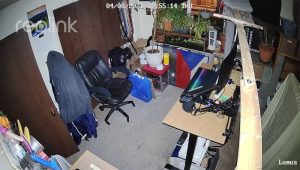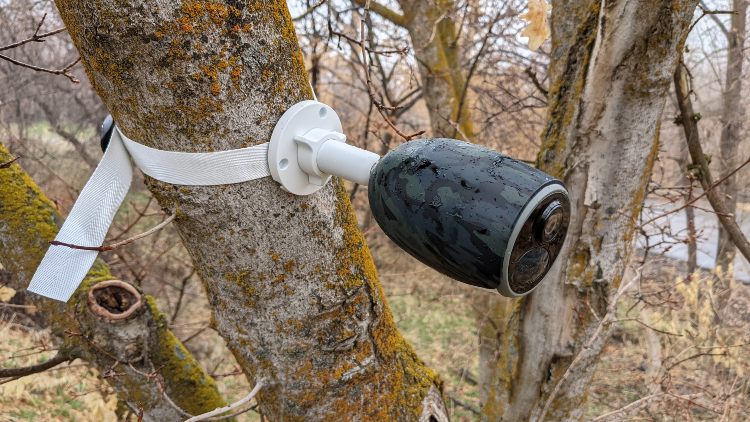Among the Reolink cameras in this review, the Argus 3 Pro has the widest field of view at 122º, so it can see more of a given space. This pairs well with the camera's 1440p (2K) video to produce top-tier video quality. We wish the field of view were a little wider since most wireless cameras average around 130º, and many go even wider (160º on Arlo Pro 5), but it's good enough for most people.
The Reolink Argus 3 Pro also supports motion zones and smart motion detection (person and vehicle) and comes with an awesome time-lapse feature if you put in a microSD card. This allows you to capture videos over a long time, resulting in a cinematic effect. Time-lapse isn't very practical for security but shows that the Argus 3 Pro has an artistic side.
This camera comes with weatherproofing and a built-in rechargeable battery, so you can use it indoors and outdoors as long as it's within range of a Wi-Fi network. You can't remove the battery, which means the camera won't be as useful as the battery ages and loses capacity. But you can buy a $50 Reolink solar panel to top it up outdoors. This solar panel is about half the cost of similar accessories for Arlo and Ring outdoor cameras.
Overall, we had a good experience testing the Reolink Argus 3 Pro and think it competes well with the Arlo Pro series and the Ring Stick Up Cam. We recommend it over those brands if you don't mind reduced smart home functionality, fewer advanced video settings, and a battery you can't swap out. Learn more in our full Reolink Argus 3 Pro review.
